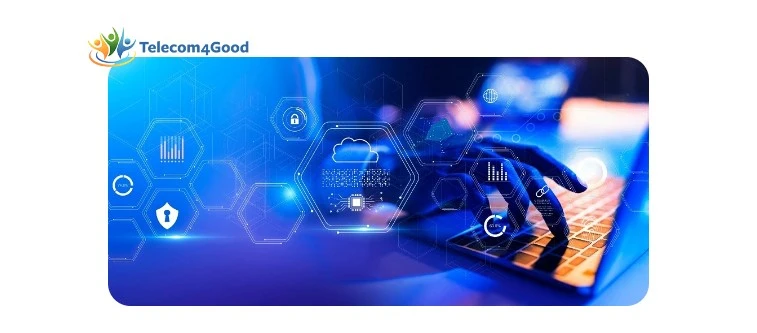Explore how Cisco SD-WAN improves nonprofit operations, strengthens security, and enables technology innovation.
Posted on Thursday, January 9, 2025
Nonprofits often navigate tight budgets, growing demands, and complex IT infrastructure. Reliable, secure, and efficient network solutions can make all the difference. That’s where Cisco SD-WAN comes in—offering a smarter way to manage networks, improve performance, and support mission-critical work without breaking the bank.
What is Cisco SD-WAN?
Cisco SD-WAN, (Software-Defined Wide Area Networking) redefines networking by using software to manage connectivity, security, and performance dynamically. It prioritizes critical applications, adapts to organizational needs, and streamlines IT operations—all from an intuitive, centralized dashboard.
For nonprofits, it’s a cost-effective way to connect locations, secure data, and optimize operations, no matter their size or scope.
Features of Cisco SD-WAN
1. Centralized Management
Monitor and control your entire network from a single, easy-to-use dashboard—perfect for small IT teams with big responsibilities.
2. Seamless Cloud Integration
Designed for tools like AWS, Azure, and Google Cloud, SD-WAN ensures faster and more reliable performance for nonprofits using cloud-based platforms.
3. Application-Aware Routing
Critical applications, like donor databases or communication tools, are prioritized for bandwidth, ensuring smooth, uninterrupted access.
4. Enterprise-Grade Security
Protect sensitive data with advanced firewalls, DNS enforcement, and URL filtering— ideal for nonprofits handling donor information or private records.
5. Scalable and Flexible
Easily add users, locations, or services as your nonprofit grows, without investing in costly hardware upgrades.
6. Zero-Touch Provisioning
Automate device deployment, saving time and reducing the need for on-site IT support.
Why Nonprofits Need Cisco SD-WAN
1. Cost Savings
Replace expensive, hardware-heavy systems with a software-driven approach, cutting costs while improving performance.
2. Improved Connectivity
Whether connecting remote offices, volunteers, or branches, SD-WAN ensures reliable, high speed communication.
3. Proactive Monitoring
Track performance, identify bottlenecks, and resolve issues before they affect operations—all from the Cisco dashboard.
4. Sustainability
Reduce your nonprofit’s carbon footprint by minimizing the need for energy-intensive data centers.
Deployment Made Easy
1. Plan Your Rollout
Determine whether SD-WAN will integrate with or replace your existing network, and identify key sites to include in the deployment.
2. Install Controllers
Set up Cisco’s SD-WAN controllers for centralized communication and management.
3. Add Routers and Policies
Sync your devices with the controllers and establish traffic rules to optimize your network.
4. Monitor and Optimize
Use the dashboard to track performance and ensure smooth operation for your nonprofit’s critical activities.
Why Partner with Telecom4Good?
At Telecom4Good, we specialize in helping nonprofits leverage technology to amplify their impact. With Cisco SD-WAN, we offer:
- Affordable Pricing: Take advantage of significant discounts on SD-WAN solutions.
- Expert Support: Get personalized advice for deployment and ongoing management.
- Mission-Driven Approach: We focus on providing solutions that allow nonprofits to achieve their goals without overspending on IT.
Ready to Simplify Your Nonprofit’s Network?
Cisco SD-WAN isn’t just a network solution—it’s a tool to modernize operations, secure your data, and maximize your nonprofit’s impact.
Looking for more guidance? Check out our Nonprofit Technology Buyer's Guide for insights on selecting cost-effective IT solutions.
Contact Telecom4Good today for pricing, comparisons, or to schedule a consultation. Let’s work together to create a network that supports your mission!
.

